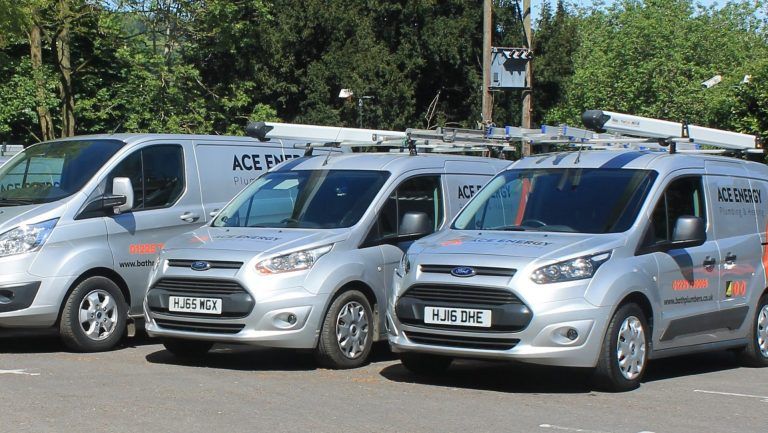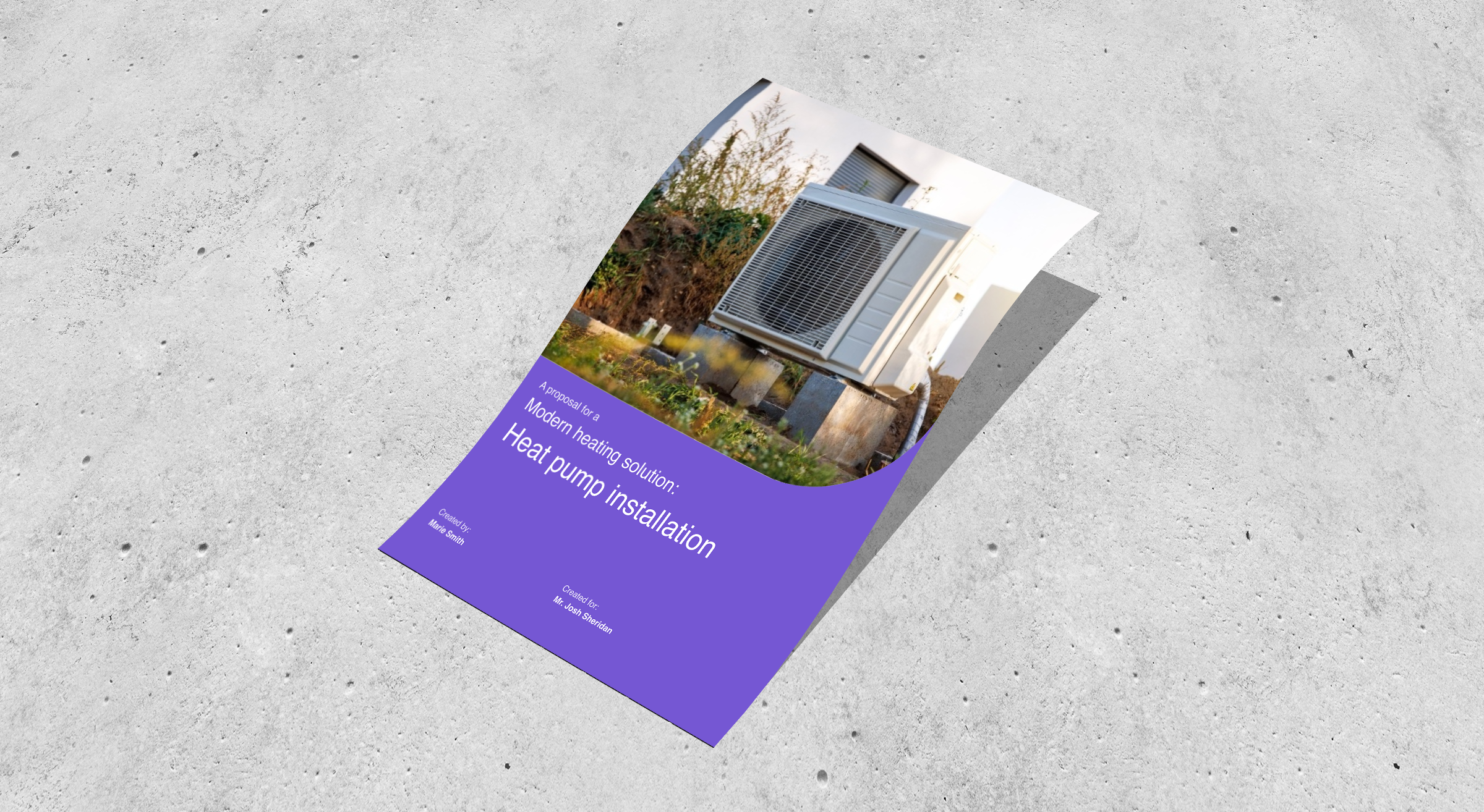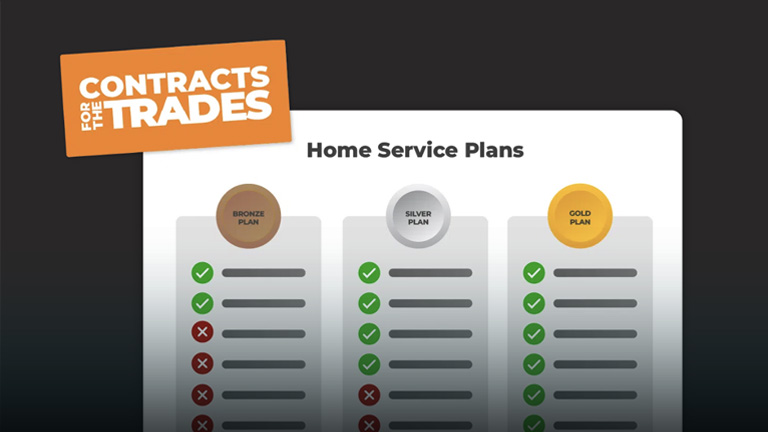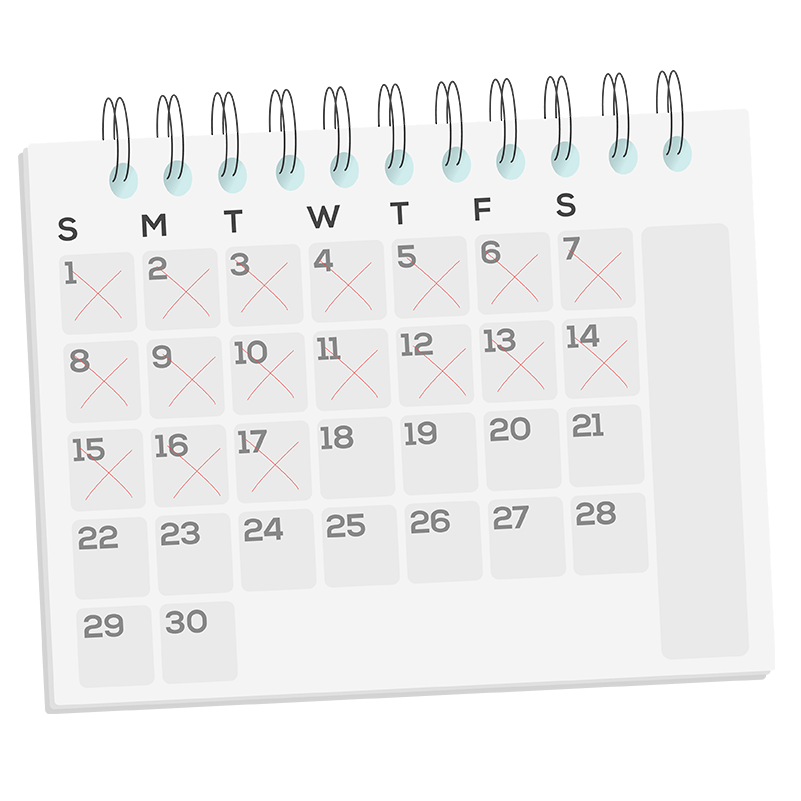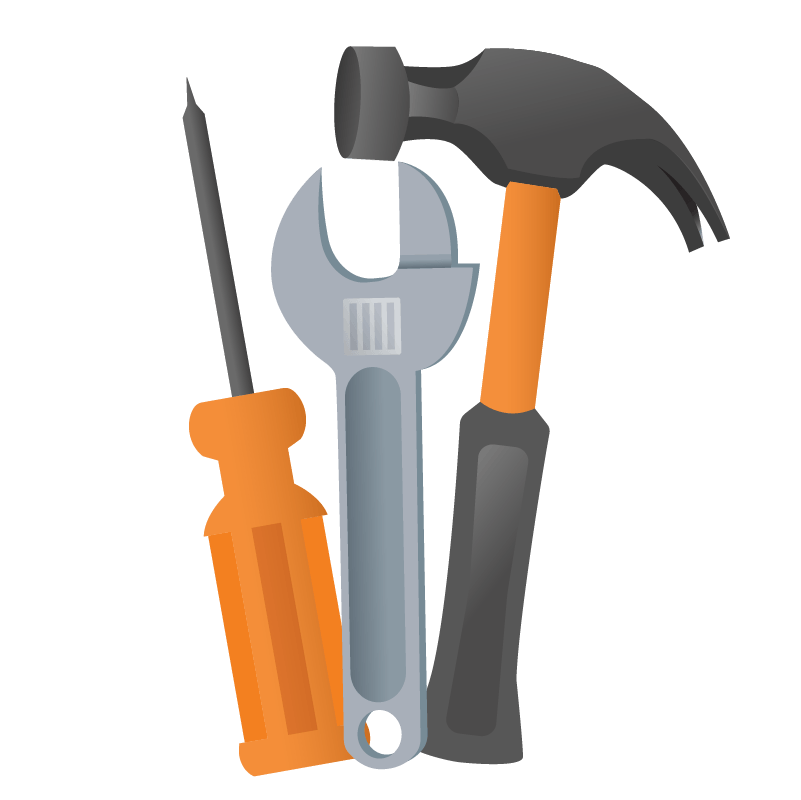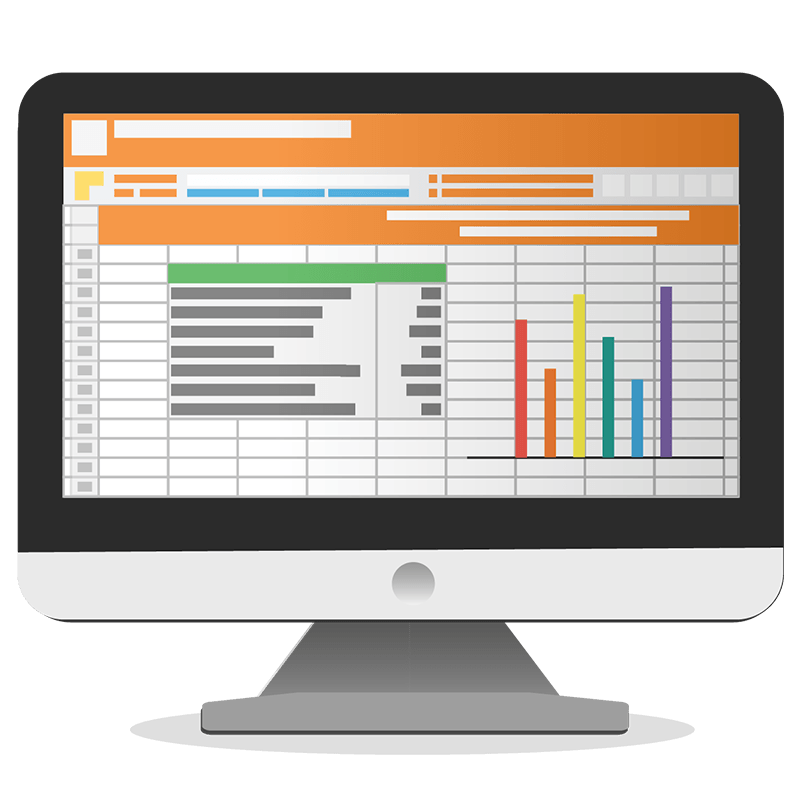What's the Best Way to Schedule my Engineers?

Scheduling the right way impacts everything in your business, from your customer satisfaction ratings to your employee motivation. And, of course, your profits.
We recommend opting for digital workforce scheduling, but if you’re not quite ready to digitalise your scheduling, we have a solution for you, too.
Let’s tackle the basics first with these helpful tips and resources about best practices, intelligent scheduling, and more.
What Is Schedule Optimisation Software? – Commusoft
Key quote: ‘Schedule optimisation software (also known as dynamic scheduling or intelligent scheduling software) helps field service business owners and operations managers send the right engineer to the right job, by considering which engineer has the shortest travel time and also has the best qualifications or certifications to perform the repair or installation. Some solutions also offer a “map view”, where you can see where all your jobs are in relation to the one you’re booking at the moment.’
How to improve overall productivity by optimising your field service scheduling – GetApp
Key quote: ‘By taking advantage of the benefits of IoT in field service and automation, businesses can move to using predictive maintenance processes. Use sensors on equipment that can send signals and collect data to advise when equipment is broken or in need of maintenance so that your business can plan with anticipation and therefore schedule more effectively. These types of preventive processes have business benefits for both you and your customers; you get to reap more potential profit, have fewer scheduling challenges, and your customers experience less potential downtime.’
Download: Getting Started with Automated Service Scheduling
Field Service Scheduling Software and What You Need to Know – Field Service News
Key quote: ‘The reason why scheduling is so excruciating of a task is that there are numerous factors that a field service organisation would need to create and evaluate to determine the optimal assignment for each field service engineer. This is a time-consuming activity that requires an extensive amount of computational power to achieve. Many companies have suffered from a loss of time and resources in dealing with confusion and potential human error. The solution is Dynamic Scheduling Software.’
How Can my Business Survive the Busy Season?

Whether you’re a plumbing and heating company that gets slammed in the winter, or a pest control business that’s crazy busy in the summer, the busy season creates scheduling (and other) challenges.
Here are resources to help you even out the feast-or-famine nature of field service work with optimised scheduling, smart engineer management, and service reminders.
How Everyone Wins With Service Agreements – Contracting Business
Key quote: ‘Because maintenance work can be scheduled at the company’s convenience, it’s usually performed during seasonal slowdowns or other periods of slack demand. This means hourly employees have work to do and are not sent home.’
Help Employees Avoid Burnout During Busy Seasons – Construction Executive
Key quote: ‘Hire extra staff about a month before the busy season starts. You want to allow time for new employees to be oriented before the busy season hits, not during it. Otherwise, training new staff will be another task employees don’t have time for.’
Key quote: ‘You may fear you’re annoying customers with emails or texts reminding them of needed boiler servicing, but in reality, you’re doing them a favour. Without your reminders, your customers may wind up with no heat in the middle of winter, expired gas certificates, or worse.’
Should I Offer Emergency Services?
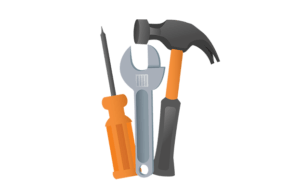
Offering 24/7 emergency services is another scheduling challenge.
These resources can help you decide whether it’s right for you—and, if it is, how to make it happen.
Adding emergency services can boost your profits, but there are pitfalls. Here’s what you need to know:
Irregular Work Scheduling and Its Consequences – Economic Policy Institute
Key quote: ‘Less than 11 percent of workers on “regular” work schedules report “often” experiencing work-family conflict in contrast with as many as 26 percent of irregular/on-call shift employees, and 19 percent of rotating/split shift workers. Similar differences appear for reporting that they “never” experience work-family interference.’
How AI in Field Service Management Can Streamline Your Business – Capterra
Key quote: ‘Ten percent of emergency field service work will be both triaged and scheduled by artificial intelligence by 2020.’
How to start a plumbing business – Startups
Key quote: ‘Long-term projects such as bathroom fittings which take weeks of work may give you a nice lump some of cash but if you’re not being paid until the job is finished how will that affect cashflow? Emergency call-out jobs, where you invoice and receive payment on the spot, can be a much steadier form of income during the early days.’
Looking for something more advanced?

If you need help to organise and track your jobs, why not explore what Intelligent Scheduling can do you for?
With Commusoft, you can use this tool to create a more efficient system and manage workflows with ease.
Commusoft’s intelligent scheduling software improves efficiency by automating the complex process of routing and scheduling jobs.
With powerful route optimisation, you can maximise your engineer utilisation, decrease driving time and fuel costs, and reduce the admin burden.
Whether you intelligently schedule 1 or 1000 appointments, the system offers an automated and hassle-free method of managing your diary.
